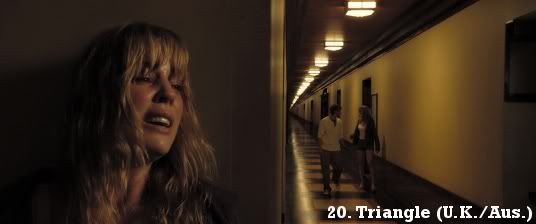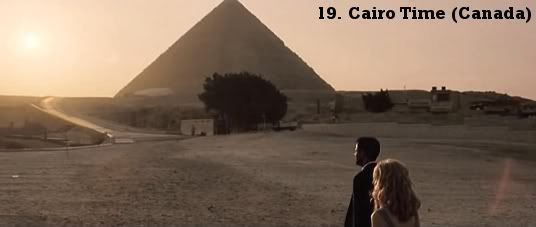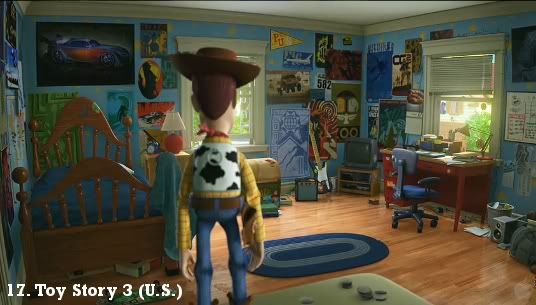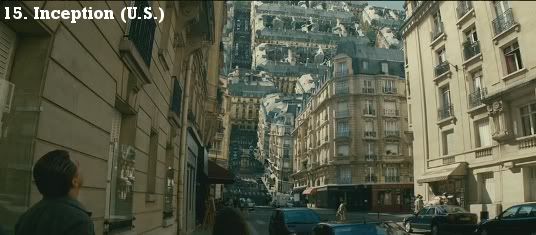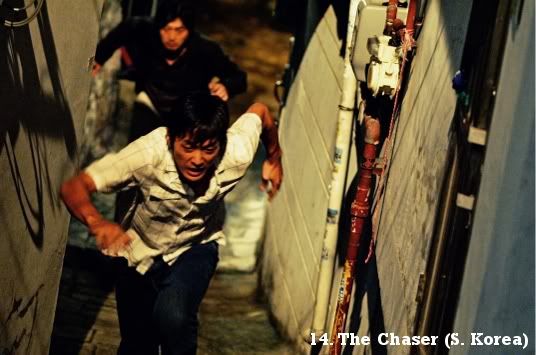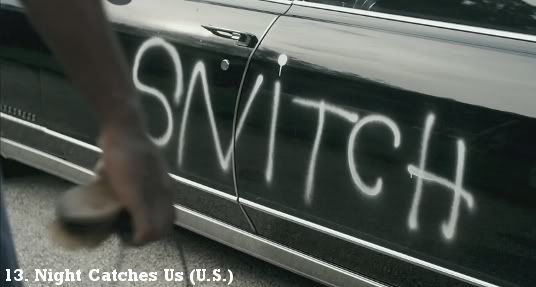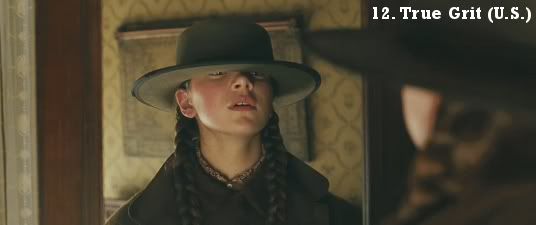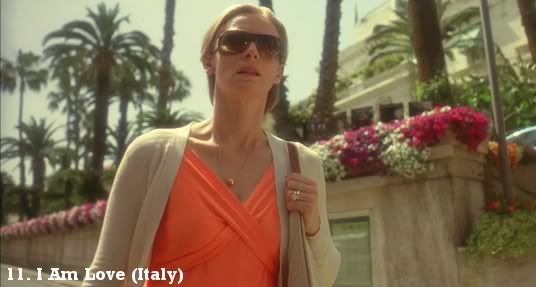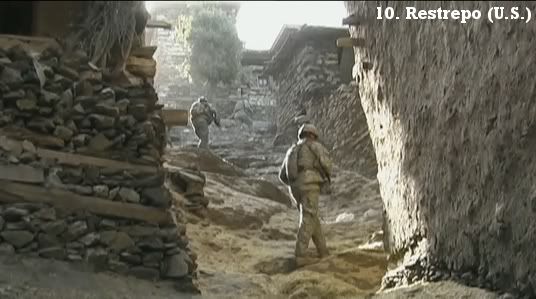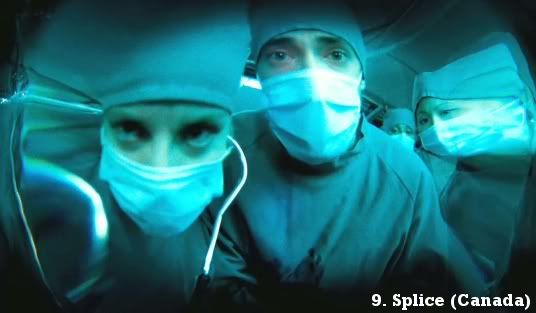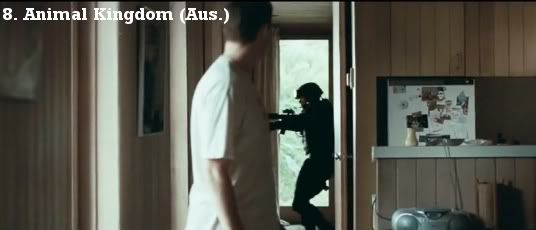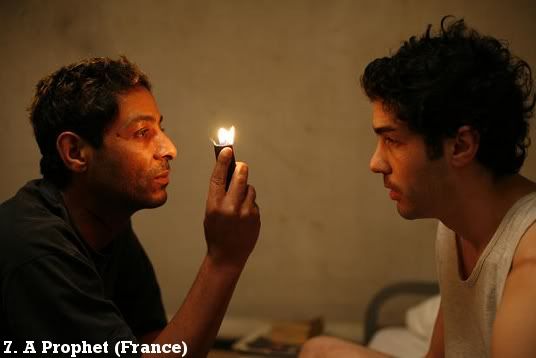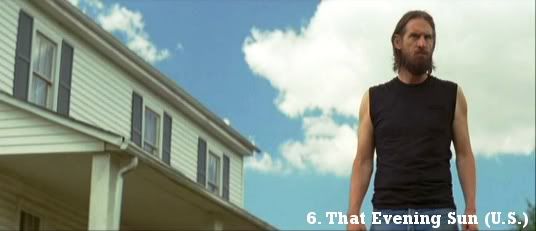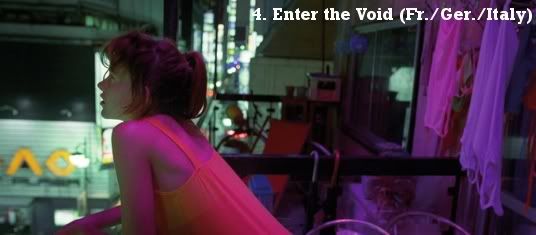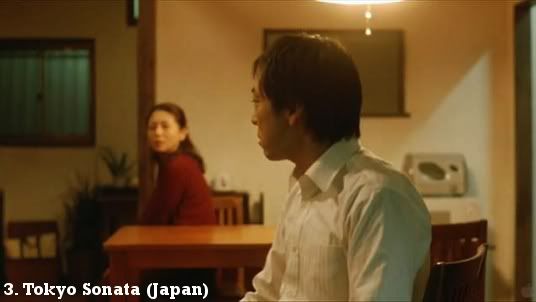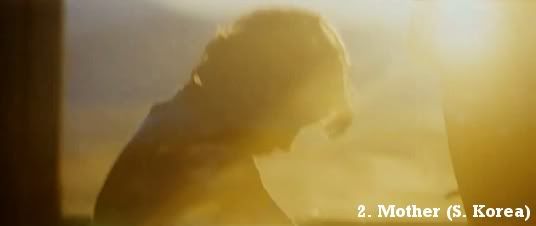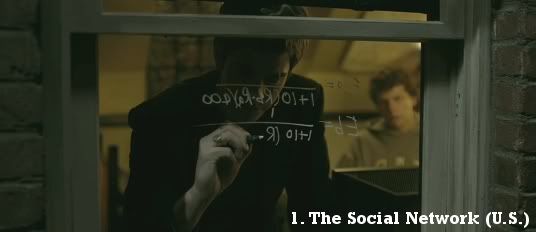
Monday, January 31, 2011
Widescreen Awards: Film Editing

Sunday, January 30, 2011
Widescreen Awards: Art Direction

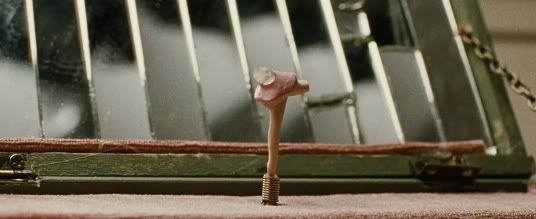
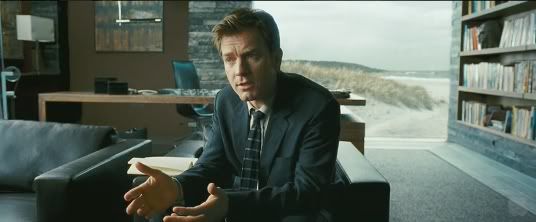
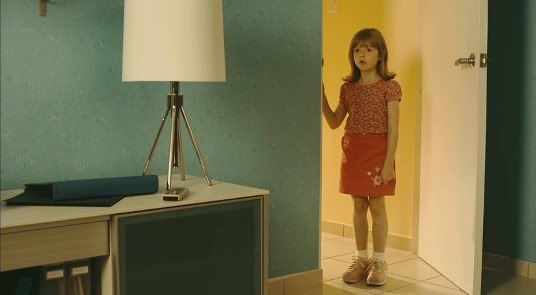
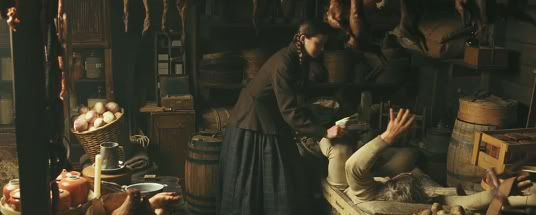
Saturday, January 29, 2011
Widescreen Awards: Musical Score
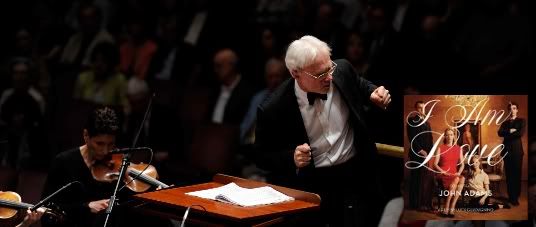
Taking its cues from Tchaikovsky's ballet, Clint Mansell's score for Black Swan is perfect accompaniment for the unraveling of Nina Sayer. The themes are all familiar, even if you've never seen "Swan Lake," but Mansell finds and accentuates the melodrama and terror behind the sheet music.
Trent Reznor and Atticus Ross' score for The Social Network does what every good score should. It complements the emotional undercurrents of the film, sets the tempo for the plot and, most importantly, stays out the way. The first time I saw the film, I paid almost no attention to the score. It was almost as if it didn't exist. You only recognize Reznor's work if you're looking for it, but it contributes immeasurably to what Fincher was trying to accomplish.
Hip-Hop Saturday Morning Cartoon
It's chock full of hip-hop music video stereotypes — the slow-mo door opening, the random close-ups, ADD cutting with dissolves, the decked-out mansion — but the looong, cartoon-ish intro to this new Nicki Minaj video is something to behold. Saturday morning awesome.
Thursday, January 27, 2011
Widescreen Awards: Sound Design
There's nothing altogether unique about the sound design in Inception, but it gets points for juggling so many different types of aural input without sacrificing clarity. The dream sounds are all heightened versions of real life — hear that exploding Paris street — that immerse your ears in the action. And the score, one of the most distinct features of the film, never completely overwhelms the soundtrack. Given the power of Hans Zimmer's bass, that's a feat in itself.
From the violinist on the Harvard commons to the thundering techno music of a San Francisco nightclub, The Social Network recreates a realistically stereophonic world. But what's most impressive is how crisp screenwriter Aaron Sorkin's dialogue is amid the chaos. Characters speak to, at and over each other in this film, and yet there's never any confusion about what's going on. There's an honesty to the staged conversations that would've been edited down to mush in anyone else's hands.
Wednesday, January 26, 2011
Widescreen Awards: Visual Effects
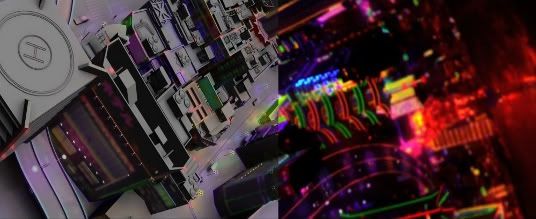
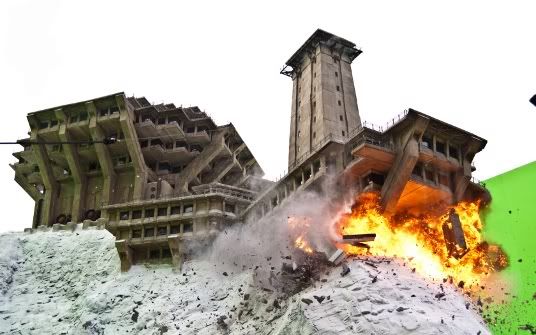
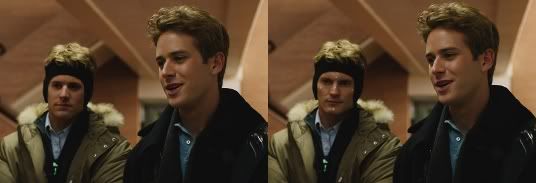
Tuesday, January 25, 2011
A Tale of Two Housemaids
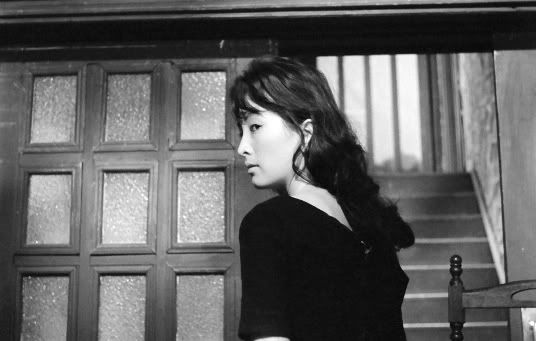
Sunday, January 23, 2011
Top 20 Films of 2010
